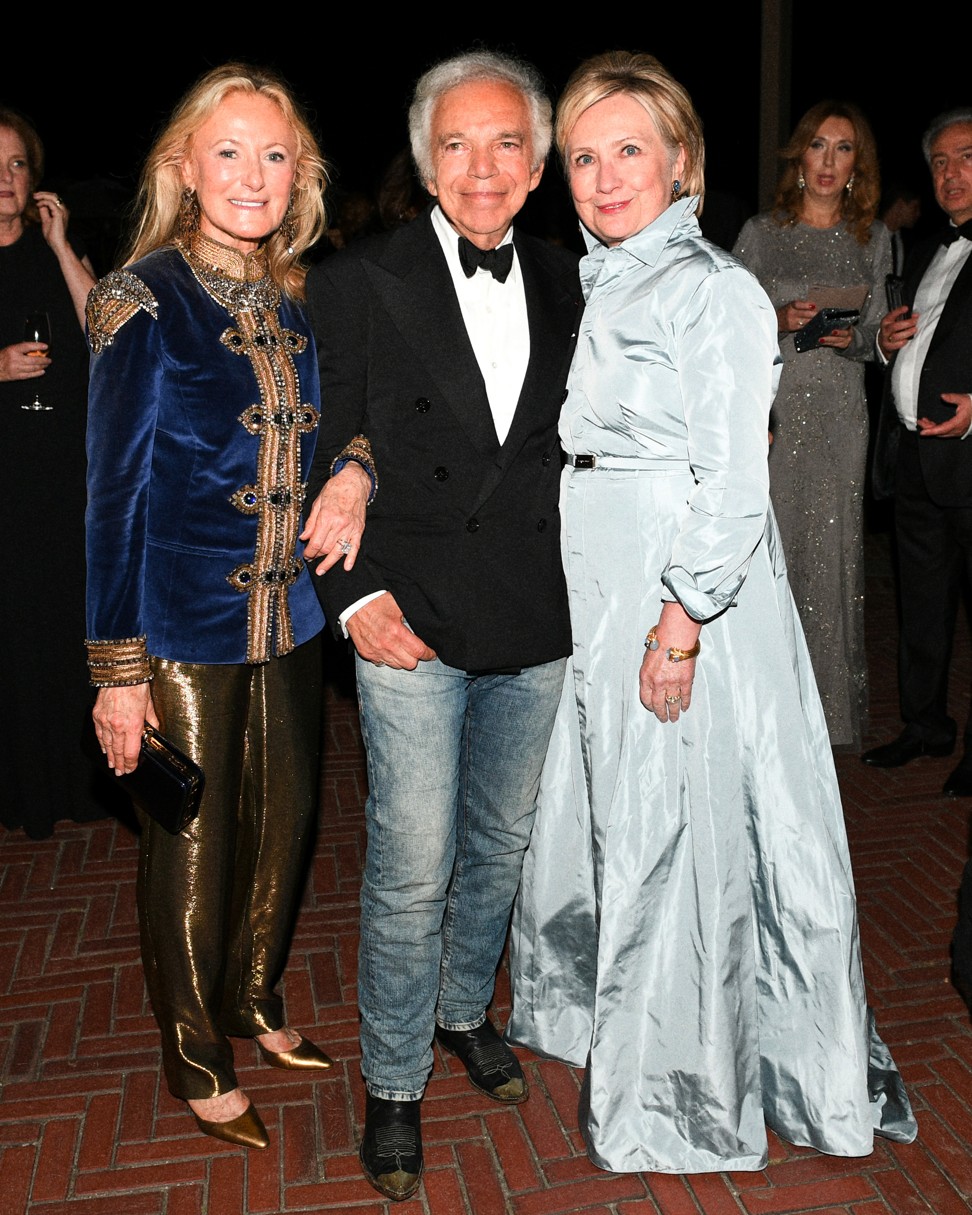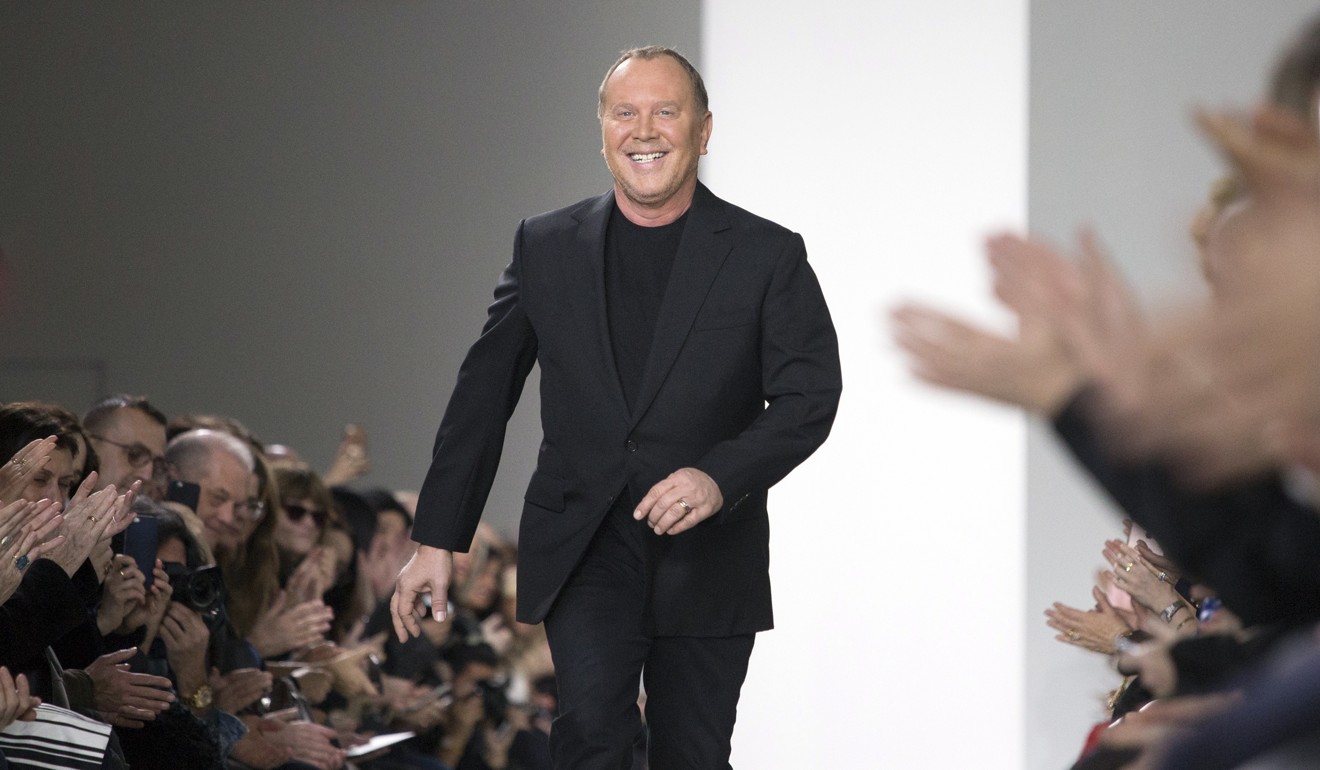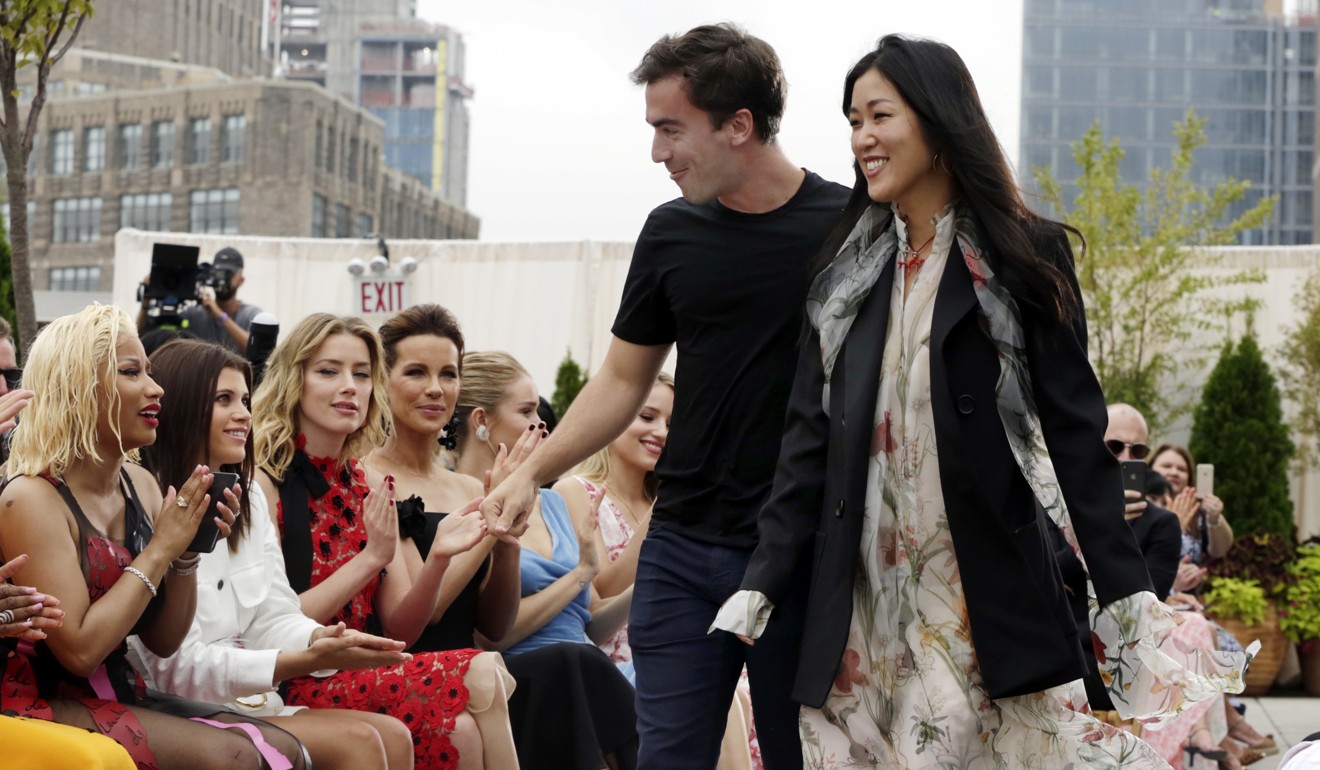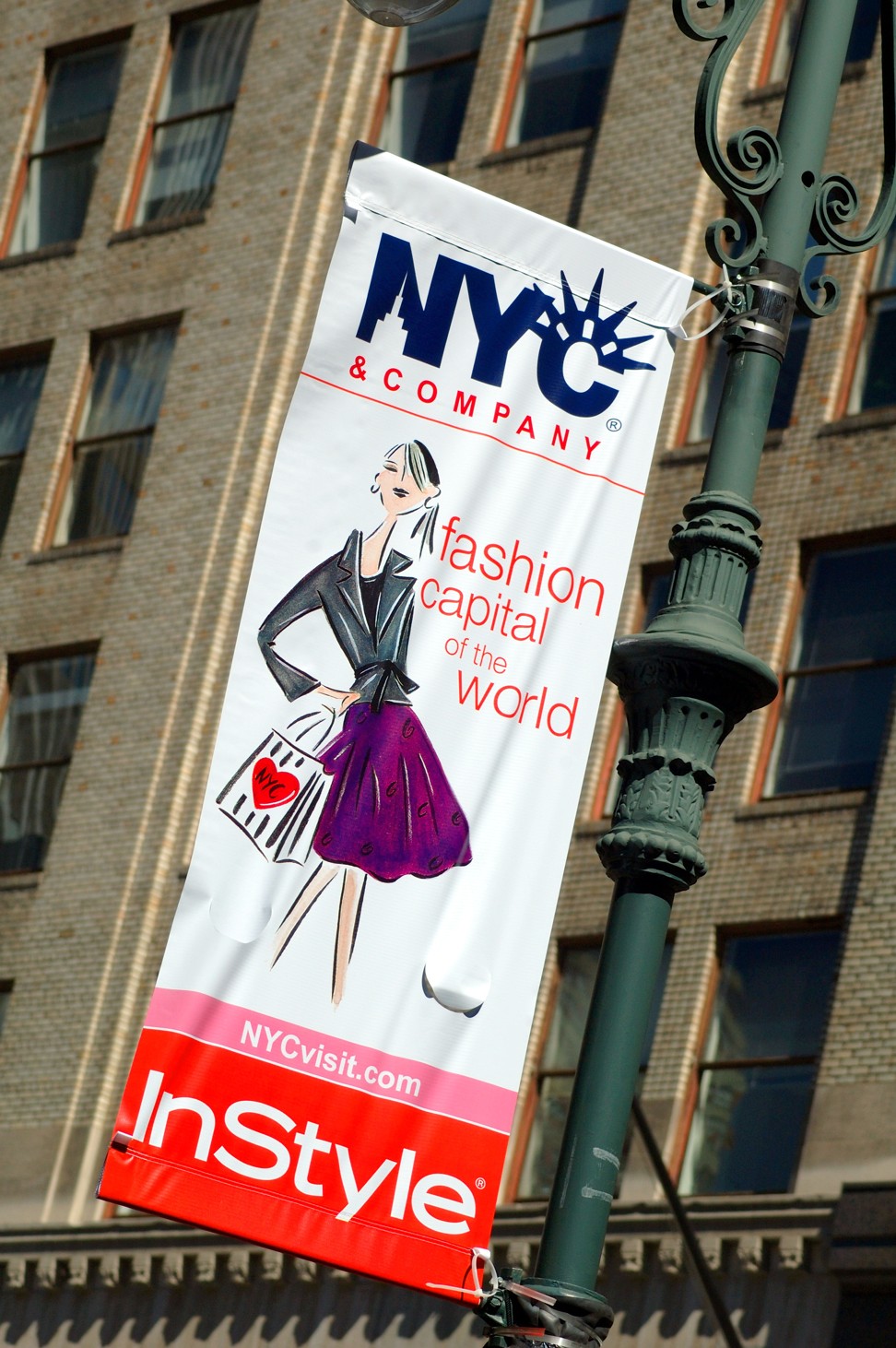
Can ‘new sheriff’ Tom Ford bring New York Fashion Week 2019 into line?
- New York Fashion Week’s long schedule and high number of events – up to 600 in a season – undermine the Big Apple’s credibility as a fashion capital
- Designer Tom Ford, incoming chairman of the Council of Fashion Designers of America, is cutting down the number of catwalk shows and making them shorter

“Democratic” is a word that so often peppers discussions of New York Fashion Week – an event so inclusive it has featured as many as 600 presentations in a single season – you could be forgiven for thinking the right to stage a fashion event in the city was enshrined somewhere in the American constitution.
For years people have complained the schedule is too long and disorganised and that New York Fashion Week’s “all-in” ethos undermines its credibility, compared with the far more exclusive programmes of the other “Big Four” fashion weeks in London, Milan and most notably, Paris, whose official women’s, men’s and haute couture schedules are notoriously difficult for designers to penetrate.
Not surprisingly, the New York event has witnessed an exodus of international media and buyers and even a number of prominent US designers in recent years.
Now a new sheriff in town in the form of Tom Ford, the incoming chairman of peak US fashion body the Council of Fashion Designers of America (CFDA), is cracking his whip on this Wild West of fashion weeks in the hope of further bringing it into line.

For September’s spring/summer 2020 shows, the CFDA’s “official” NYFW schedule has been whittled down to a lean five days and five nights, starting on Friday.
This has resulted in the culling of many designer names, to focus on what the CFDA has referred to as “majors”. At press time the CFDA’s spring 2020 schedule included 82 shows and presentations, with names including Ford, Marc Jacobs, Oscar de la Renta, Carolina Herrera, Tommy Hilfiger, Ralph Lauren, Prabal Gurung, Anna Sui and Proenza Schouler.

This represents a 32 per cent drop from the CFDA’s spring 2019 schedule, when there were 120 events, and a 54 per cent drop from spring 2016’s 180 events.
Not everyone is happy.
In a May 20 op-ed in trade publication WWD, an incensed Gary Wassner, CEO of fashion factoring company Hilldun and chairman of New York-based InterLuxe Holding – which has investments in, among other brands, Jason Wu and ALC – said the move has been seen by some as “an insider coup” and “a shock and blow to the industry”.

Wassner continued: “When any major changes are imposed upon a democratic industry, sparks fly. American fashion is fashion for the people. Its roots lie in practicality, free expression, creativity, inclusivity, commerciality, lifestyle and entrepreneurial spirit.”
But frankly, it’s hard to fathom Wassner’s concerns because, beyond the CFDA’s curation of the week’s supposed can’t-miss events, what has really changed?
It should be noted that the CFDA only started releasing an official schedule for NYFW in 2015 and it’s one of three prominent NYFW schedules that are published by the event’s key stakeholders.

One of these, the Fashion Calendar, dates back to World War II and has long been considered the official NYFW schedule.
Launched by an enterprising Simmons College journalism major by the name of Ruth Finley in 1941 – 21 years before the CFDA was founded by publicist Eleanor Lambert – and revived in 1945 after the war, the Fashion Calendar is a paid subscription service that provides a comprehensive list of fashion/beauty/retail/charity events in New York and elsewhere throughout the year.
Launched originally, ironically, to avoid scheduling conflicts, but with no vetting process in place – just a user-pays system – over the years the calendar’s contents exploded, with as many as nine names listed in some NYFW time slots.

Finley – who died last August, aged 98 – was still running the calendar up until 2014, when she sold it to the CFDA for an undisclosed sum.
Last, but by no means least, is New York Fashion Week: The Shows, which is owned and operated by WME-IMG as a centralised fashion showcase, and is currently staged at TriBeCa’s Spring Studios.
IMG’s spring 2020 show schedule runs for eight days, starting on Wednesday, and at press time featured 100 presentations – including a fair amount of overlap with big names on the CFDA schedule. But it also has a number of emerging designers from China, Indonesia, Africa and the Parsons School of Art and Design in New York.

New York Fashion Week: The Shows was launched by none other than the CFDA in 1993. Originally called “7th on Sixth” and staged in a series of tents at Bryant Park, it was an early attempt to streamline NYFW shows and provide a central events hub, emulating what had been happening in other cities for more than a decade; the French Fédération de la Haute Couture et de la Mode had brought in tented shows to the Tuileries Garden in Paris, and the British Fashion Council had held London Fashion Week shows at Kensington’s Commonwealth Institute and Natural History Museum.
In February 2001, the CFDA sold the event to IMG, which rebadged it Olympus Fashion Week and later Mercedes-Benz Fashion Week; it currently has no naming-rights sponsor.
None of this takes account of any number of smaller, independent fashion shows that happen across the city every season, staged by organisations such as Art Hearts Fashion, Fashion Palette, ASC and The Society Fashion Week.
Running from Thursday to Sunday at downtown venues on Broad and Wall Streets, The Society Fashion Week’s spring 2020 shows feature more than 50 designers, including such “luminaries” as No Punching Bag, Original Crackage and the perhaps aptly named Fashion Disorder.

Further illustrating the “anything goes” nature of the event, there is a trademark dispute over the rights to the “New York Fashion Week” name, initiated by a completely unrelated New York-based company called Fashion Week Inc, which first applied to register the name with the US Patent and Trademark Office in 2013 – beating both the CFDA and IMG to the punch.
In London, Milan and Paris, the primary event schedules are those published by those countries’ respective peak designer bodies. Those bodies also organise centralised show hubs and show venues where some – although, as with IMG’s New York event, by no means all – designers show; most in fact opt for independent venues, but their shows are still included on the schedule. (In the case of IMG’s New York and Sydney events, this is done for a listing fee.)
The organisations in those cities also manage media accreditations and media centres, as well as shuttle bus transport for reporters among venues on the official schedule (as IMG has also done in New York and other cities), while individual show tickets always remain at the discretion of design houses.
Did the CFDA never attempt a centralised NYFW show hub prior to 1993?

Yes and no. In 1943, capitalising on the fashion news blackout from Nazi-occupied Paris, Eleanor Lambert launched a relatively short-lived event called “Press Week” at the Plaza Hotel. Initially featuring collections from 53 designers, the event is widely considered to have been the genesis of NYFW.
By the time Lambert started the CFDA in 1962, designer presentations had begun spreading across the city. The Fashion Calendar kept track of it all.

“It was an entirely democratic operation – any designer who wanted to show during Fashion Week needed only give Finley a call and name a date and time,” wrote Vogue’s Nicole Phelps of the Fashion Calendar, following Finley’s death.
Vogue’s tribute was accompanied by some excerpts of an earlier interview with Finley, including the question: you don’t think there should be a barrier to entry, some sort of approval process?
Finley replied: “How can you tell a young designer he or she can’t do it?”